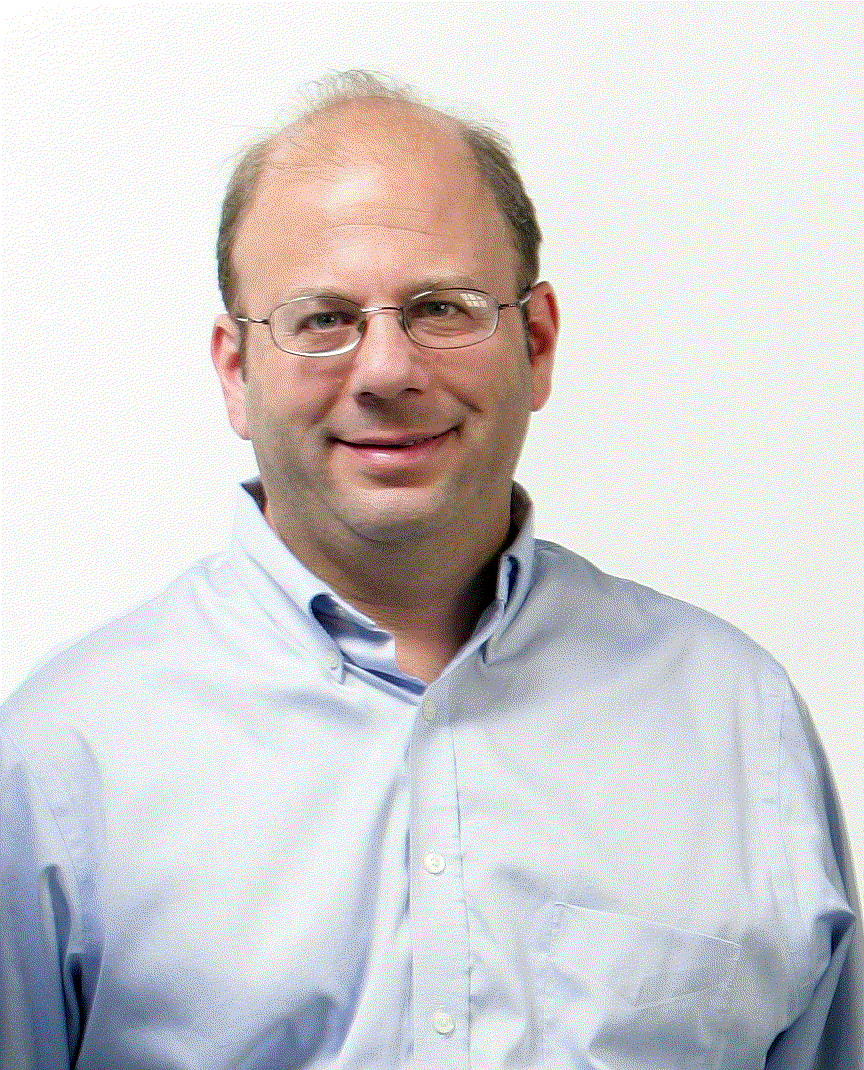 |
||
|
UMIACS News StoryLeafsnap’s creators to receive the 2011 Edward O. Wilson Pioneer Award Professor David Jacobs will receive the 2011 Edward O. WilsonBiodiversity Technology Pioneer Award for co-inventing Leafsnap, the First Mobile App for Plant Identification. This award honors individuals who have significantly contributed to the preservation of biodiversity. The award will be presented to Jacobs and his co-inventors by The American Computer Museum, the world's oldest continually operating museum of its type, in October. “As computer scientists we usually do work that is just within our field so it’s nice to see people in other fields appreciate what we do,” said Jacobs. “This has been a great project. It's really been a great collective effort.” Leafsnap can analize the photograph of a leaf and instantly search a collection of leaf images, acquired under the supervision of the Smithsonian Institution, to help you identify the tree. The technology behind this free app is similar to that of face recognition. Once you snap the picture of the leaf with your iPhone or iPad, the image is uploaded to a server to search for a match, and within seconds it returns with results of possible species. “This type of visual recognition makes people more engaged,” said Jacobs. “[Leafsnap] gives you the information that helps you to figure out what you are looking at.” Currently Leafsnap’s species gallery contains details about all the trees in New York City and Washington, D.C. The creators plan to increase this collection to include the trees in continental United States, about 800 species. According to Jacobs, volunteers’ contributions could help the growth of the present gallery. “A lot depends on how enthusiastic people are, ” he remarked. Jacobs and his co-pioneers are now trying to make this botanists’ guide available on Android platforms. They are also considering the possibility of advancing the reach of this technology. “Most people are interested in having object recognition at their fingertips,” explained Jacobs. “There are a lot of biologists interested in using this for other kinds of organisms, like insects or seashells. There might be some challenges to overcome for that, but the possibilities are really interesting.” --- About Dr. Jacobs:
|
| People | Research | Publications | Partnerships | About Us |
| Copyright 1995 - 2005 UMIACS |